World 🢖 Africa 🢖 Mozambique
Cities and towns 🢔 Settlements 🢔 Architectural wonders 🢔 Categories of wonders
Wonder
Island of Mozambique
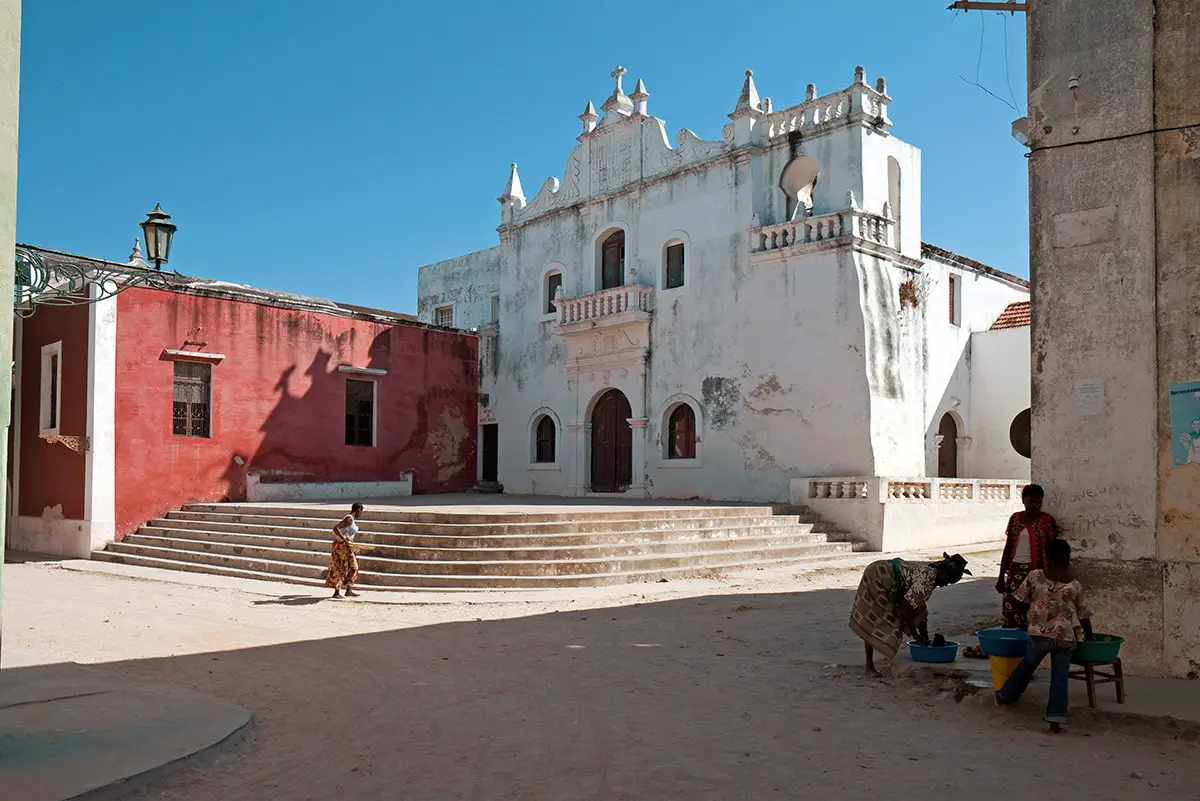
 In short
In short
Step by step the medieval trade town on Island of Mozambique is regaining its former glory. After a century-long decay, this historical town gains from the economical development of Mozambique and turns into exotic tourist destination.
 47.8%
47.8%
GPS coordinates
Location, address
Name in Portuguese
Founded
Period of flourishing
Area
UNESCO World Heritage status
Map of the site
If you see this after your page is loaded completely, leafletJS files are missing.
 In detail
In detail
Arab trading post
History of this amazing town started many centuries ago. Sometimes around the 13th or 14th-century Arab traders choose it (among many islands) as a trading post with inland Africa. Eastern African trade towns in those times prospered – Africa was rich with natural resources and Arabia, Persia, India had many customers ready to pay for African goods.
Portuguese arrival
Europe was a rising power as well. In order to avoid a meeting with Muslim armies in the Near East, one of the European countries – Portugal – was looking for a way around Africa.
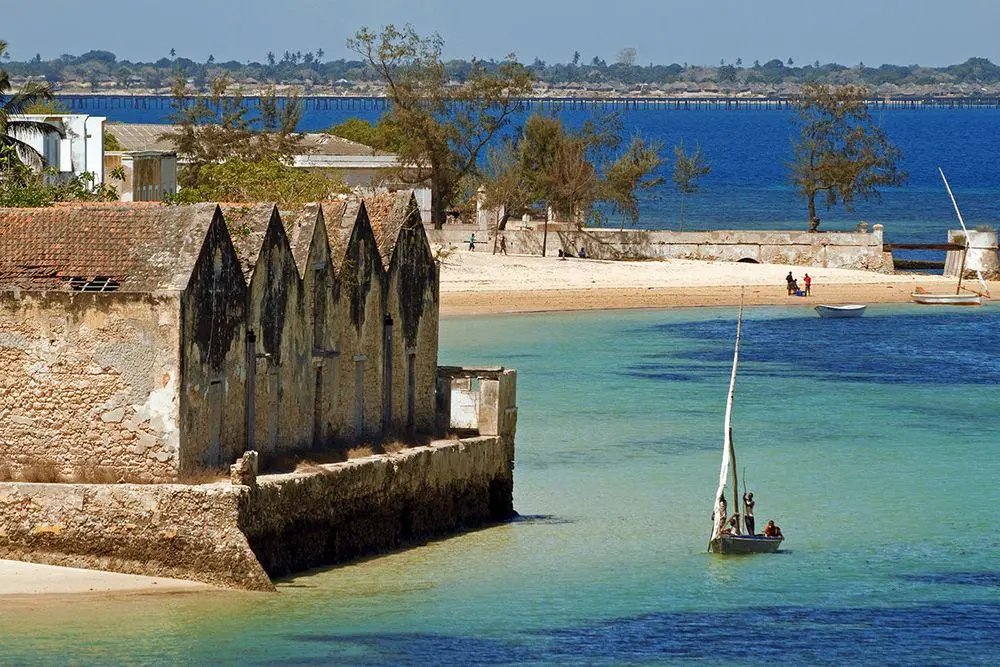
Explorer, adventurer and (as it turned out later) a ruthless pirate Vasco da Gama was sent by the King of Portugal Manuel I to find this way. He reached the island in 1498 and was surprised to see the civilization after long travel along wild coasts of Africa.
Da Gama and his team were not sure if they would be well received and decided to pretend to be Muslims from Morocco.
Name of Mozambique
According to local tradition, Vasco da Gama was asking locals for the name of the island. Locals responded: "Ali Musa Mbiki" – this was the name of local sultan (pronounced also Musa Malik, Musa Al Big, Mossa Al Bique, Mussa Ben Mbiki).
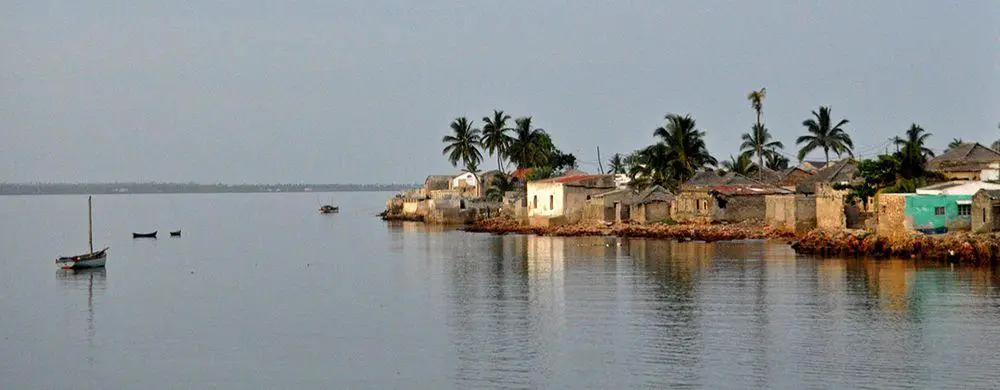
Whatever the truth is (there are other theories) the island and later – whole country around it were named Mozambique.
European conquest
Initially Vasco da Gama and his people were well received. But soon after, when they had to meet the sultan, Portuguese were warned that rich, exotic presents are expected. Europeans were not ready for this: they had just despicable glass beads and tin bells.
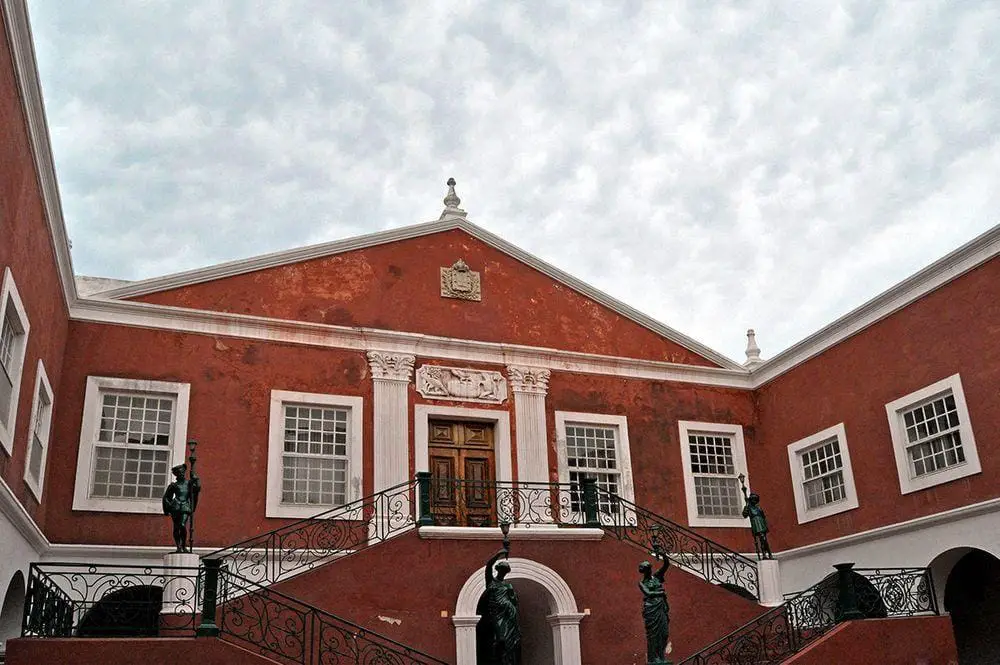
This changed their fortunes. Sultan suddenly was uninterested in his guests and local people became suspicious. Finally da Gama was forced to leave the town.
Soon Portuguese (da Gama himself) conquered the town and it became one of Portugal’s main ports and trading posts en route to India.
The 16th – 20th centuries
First stone building – St. Gabriel Fort – was built on the island in 1507 (not preserved). Soon other buildings followed, Island of Mozambique became an important trade town, fortification and missionary centre.
Dutch attacked the island in 1607 and 1608 but Mozambique withstood.
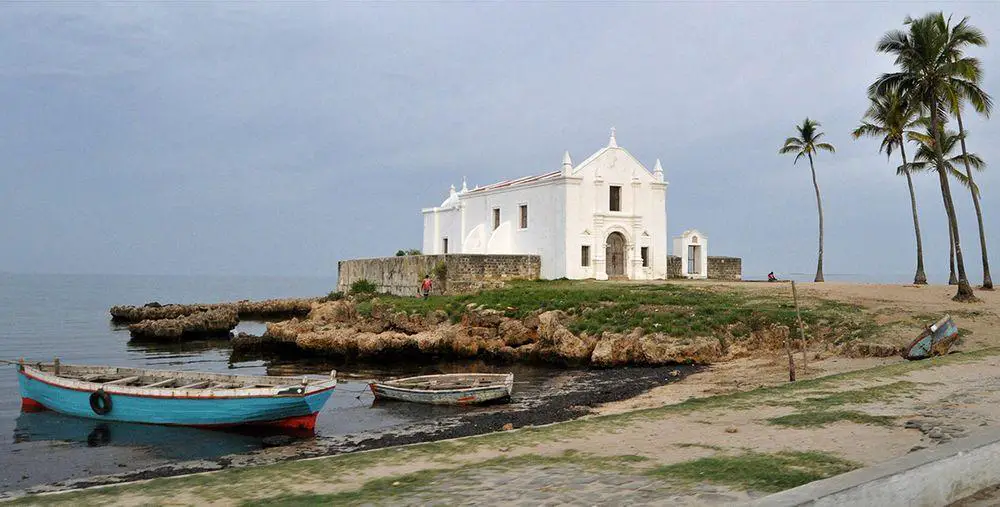
Town gradually declined in the 17th century but started to flourish again the the late 18th century, when slave trade became more active. Island of Mozambique became a capital of this Portuguese colony – Portuguese East Africa.
Further decline started in the late 19th century. Suez canal was opened in 1869 – now the island was not needed for ships heading between Europe and Asia. In 1898 the capital of Portuguese East Africa was moved elsewhere – to Laurenço Marques (present day Maputo).
Stone town on Island of Mozambique stood semi-abandoned and almost forgotten for century. Many heritage values have been lost – but town as a whole was preserved almost unaltered. Now it is gradually reconstructed and is increasingly popular tourist destination.
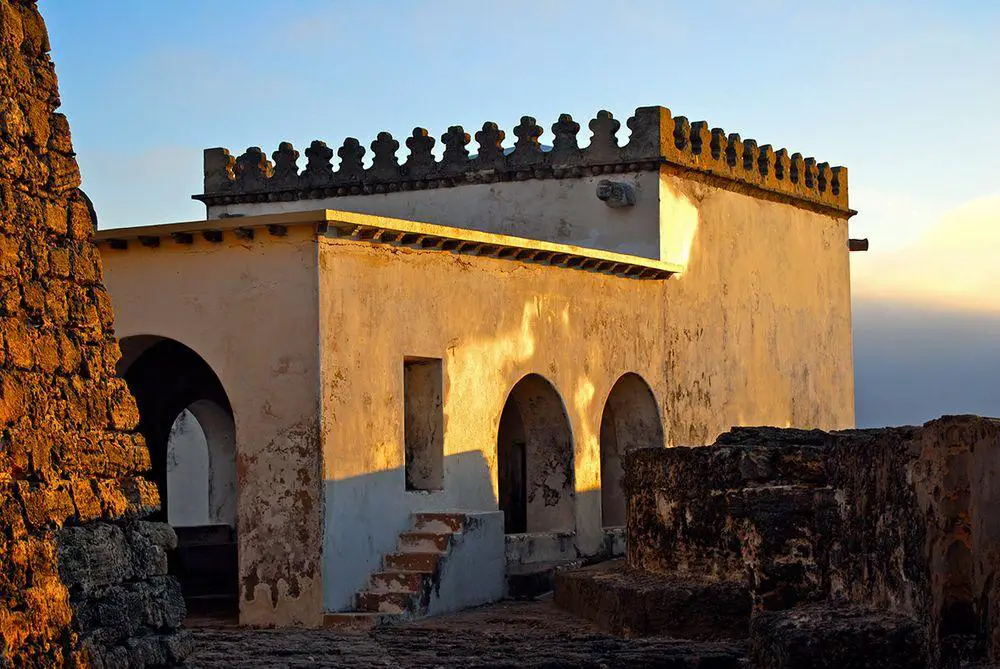
Description of the town
Island of Mozambique is some 3 km long, 200 – 500 m wide. Whole island is covered with buildings, but less than half is built from stone. Major part of buildings are built from straw (macuti). Some 14,000 people live on the island.
Most historical buildings are located in the northern half of island.
Island contains the oldest European buildings in Sub-Saharan Africa. Some of the most interesting are:
- Chapel of Nossa Senhora de Baluarte – the oldest European building in Sub-Saharan Africa, built in 1522. One of the rare examples of Manueline (Late Gothic) architecture in Africa.
- St. Sebastian Fortress – the oldest extant fortress on the island, built in 1558 – 1620.
- Governors Palace and chapel (São Paulo palace and chapel) – originally constructed as a Jesuit College in 1610, now – a museum.
- Hospital – enormous building in Neo-Classical style, built in 1877 as the largest hospital building south of Sahara.
- Bridge – 3 km long bridge to mainland, built in the 1960s. Single lane, only light cars allowed.
There are several more historical churches – Church of the Misericórdia, Church of Santo António as well as several mosques and Hindu temples.
 Linked articles
Linked articles
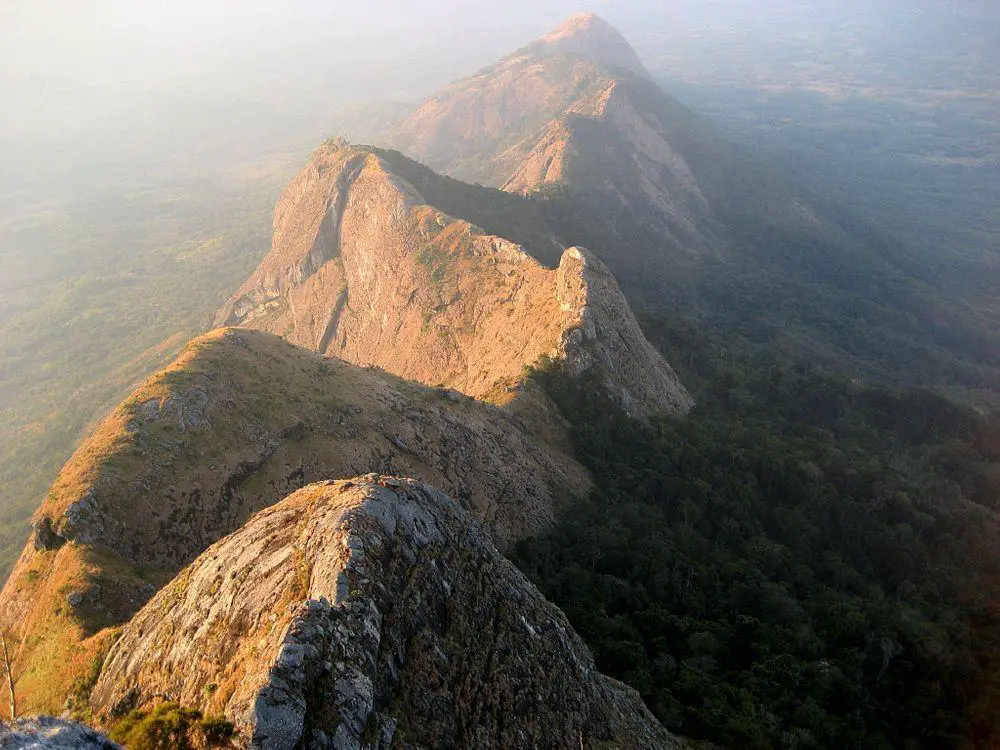
Wonders of Mozambique
Mozambique is a gorgeous, large country with a high diversity of landscapes and comparatively well-preserved nature. This country has a magnificent landscape. It is too little researched and may bring many interesting discoveries in the future, especially regarding the Stone Age people.
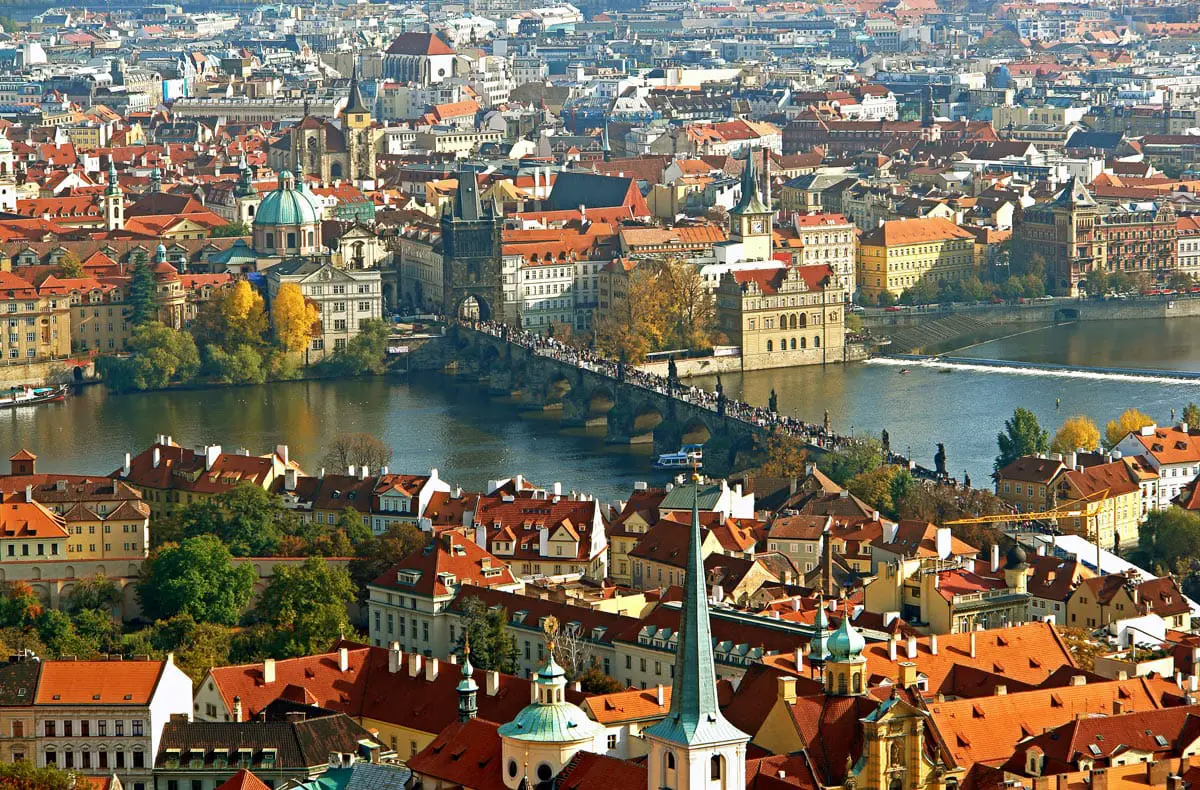
Cities and towns
Many of the most popular and exciting landmarks in the world are cities and towns. Millions of tourists are attracted to such cities as Venice, Florence, Prague, and Jerusalem. They never fail to impress and one will always find something new and unexpected here.
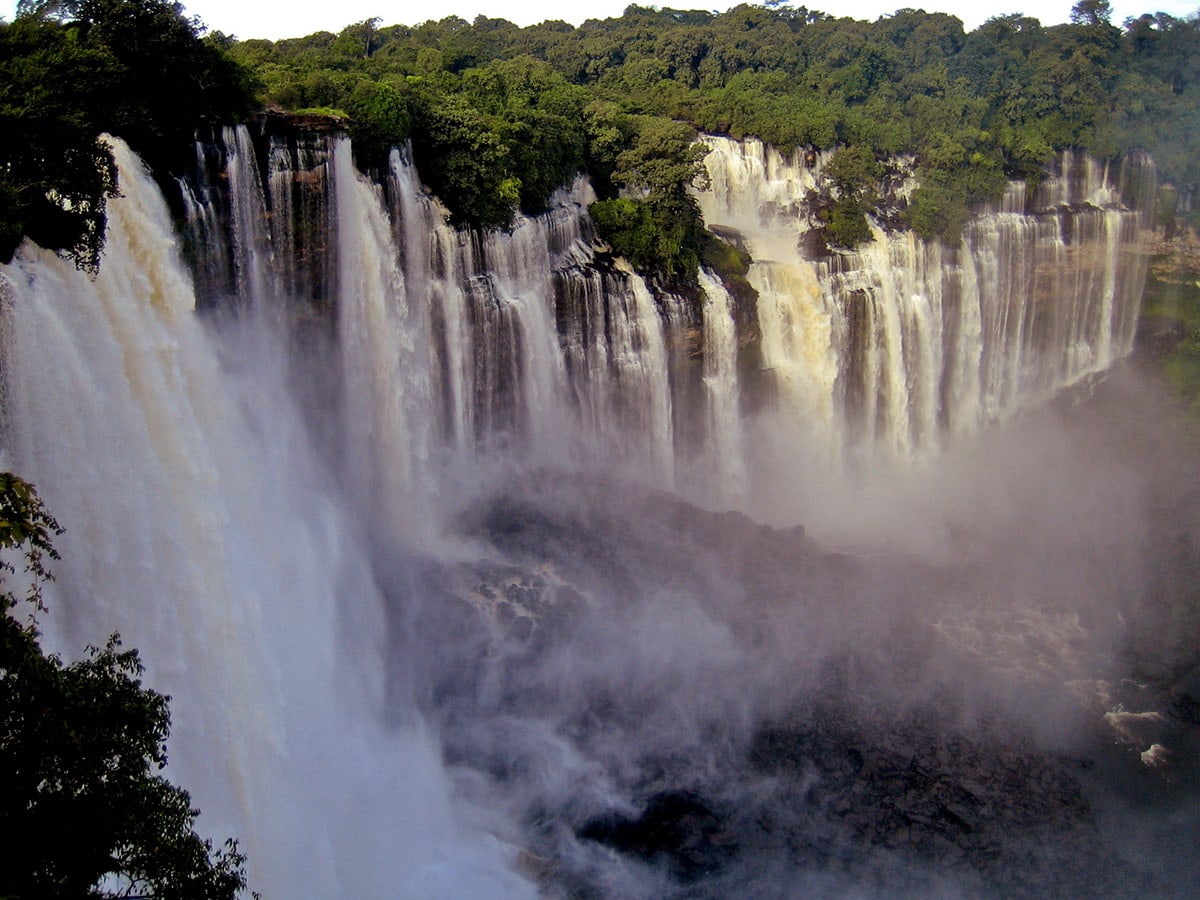
Wonders of Africa
Africa has many outstanding wonders and some of the most surprising ones are the heritage of Egyptian civilization, the vernacular architecture of the Sahel region, tropical ecosystems, and others.
 Recommended books
Recommended books
Mozambique (Bradt Travel Guide)
This new seventh edition of Bradt’s Mozambique remains the most established and only standalone guide to this alluring country. Complete with in-depth coverage of transport, wildlife, history, culture, and accommodation, plus invaluable practical advice and maps, this honest handbook will help you plan the perfect visit. Particularly useful is the selection of reputable local tour operators.
Six Years in Mozambique: Things I Haven’t Told Mom
With $150 and the belief that all children should be given the skills to keep themselves and their loved ones alive, Amy Gillespie set out for Mozambique to meet the Goliath who had whispered to her in the night, “Come find me.” She could not have imagined all that she would witness and experience on her journey… beauty, inspiration, humor; as well as corruption, unimaginable suffering, and shadowy threats from unlikely sources.


